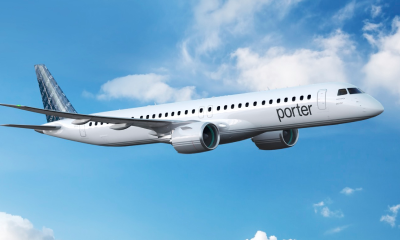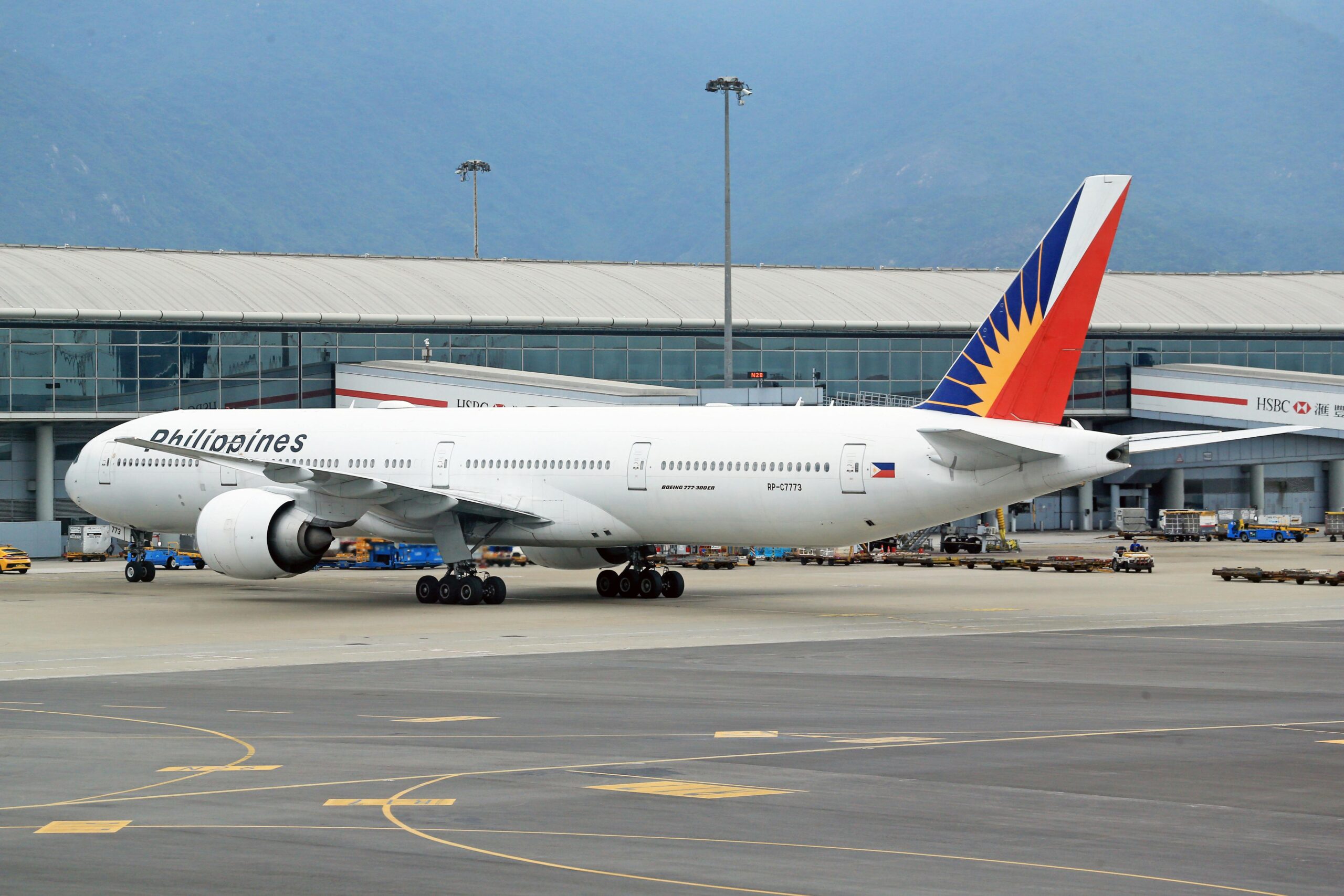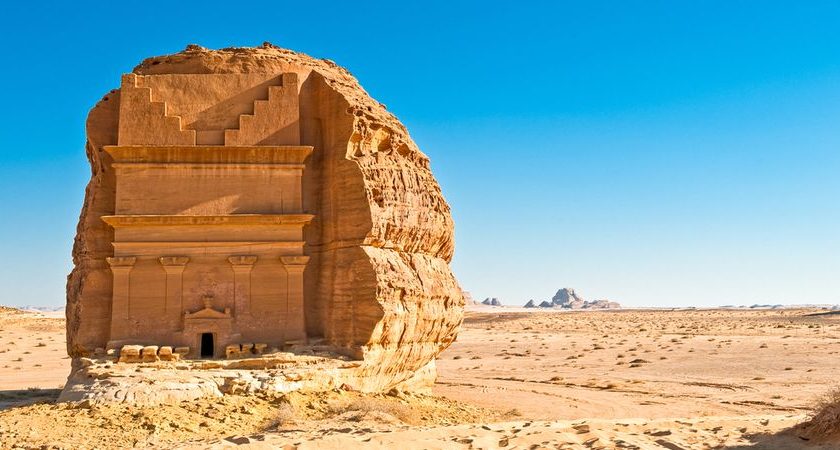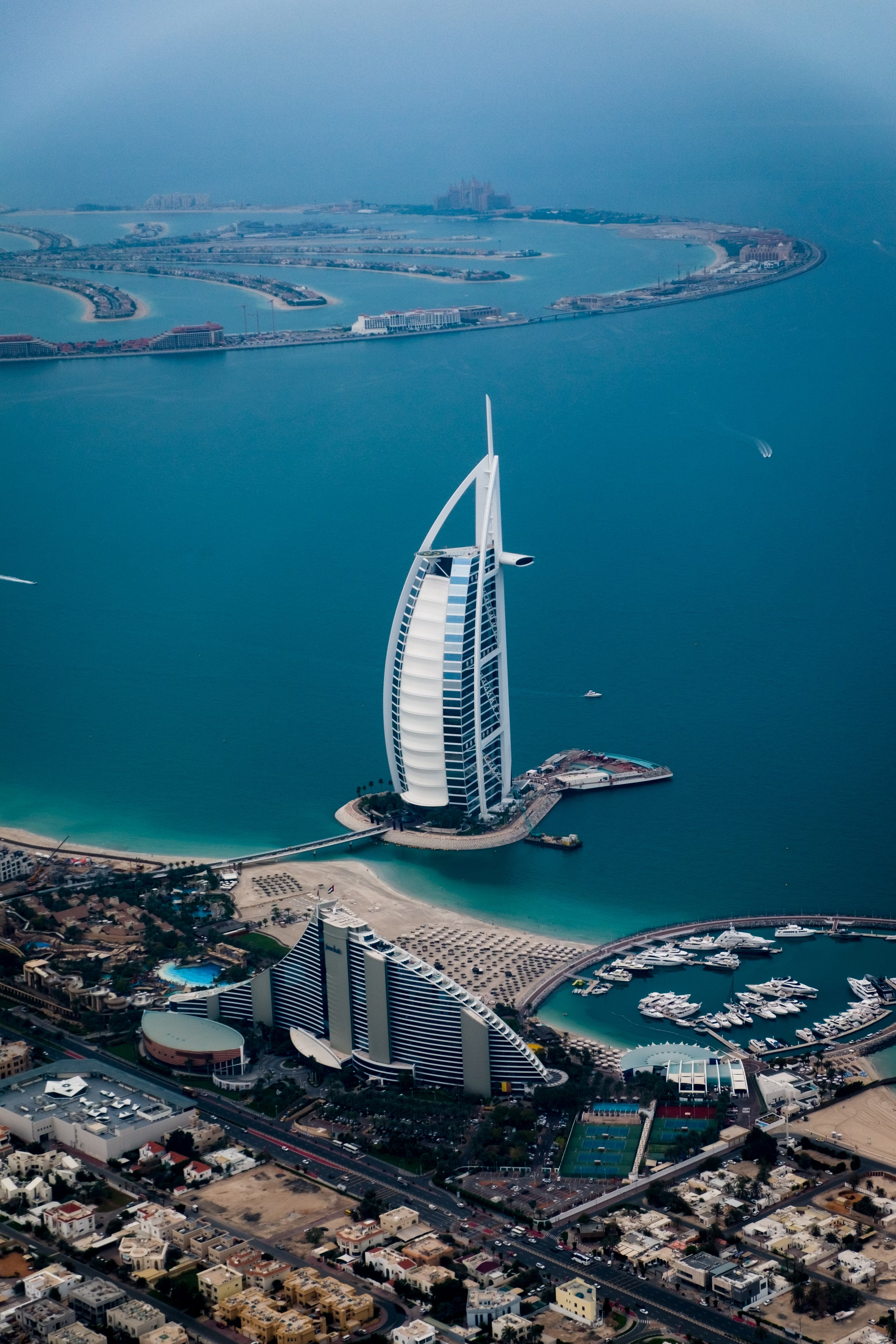Ever boarded a plane with high hopes of catching some decent sleep, only to spend hours shifting positions and glaring at the seat in front of you? You’re not alone. Getting optimal sleep on a plane is a challenge for most travelers, whether you’re flying for business or heading out on vacation. But here’s the truth: quality in-flight rest isn’t impossible. It just takes a few smart decisions — and it all starts with picking the right seat.
Before we dive into travel pillows and sleep masks, let’s talk about seat selection. Believe it or not, where you sit can make or break your chances of getting real sleep in the sky. From window versus aisle debates to picking your spot based on the plane’s layout and flight duration, seat selection is everything when it comes to building a successful in-flight sleep strategy.
Choosing the Right Seat for Sleep
When trying to sleep during a flight, every bit of comfort counts. The seat you pick determines whether you doze peacefully or spend hours wide-eyed. While personal preferences vary, there are clear pros and cons to each seat type. Let’s break them down, so you can make a more informed choice for your next trip.
For most travelers, the window seat reigns supreme when it comes to sleep. Why? It gives you control over your surroundings. You can lean against the wall of the plane, rest without worrying about neighbors stepping over you, and adjust the light by closing the shade. That little sense of privacy makes a big difference. Not to mention, you’re shielded from most aisle traffic.
- Wall support: Lean your head comfortably and avoid nodding off in awkward directions.
- Light control: Block out sunlight or city lights when you need darkness to fall asleep.
- Less interruption: No one climbing over you to reach the bathroom mid-flight.
However, window seats aren’t perfect. If you need a bathroom break or want to stretch, you’ll have to wake someone. Sitting right next to the plane’s wall can also mean colder air, so dress in layers or bring a blanket. A travel scarf or compact throw can go a long way. For gear tips, visit Sleep Foundation’s airplane sleep guide.
Should You Choose the Aisle Instead?
Aisle seats offer total freedom to move. If you like to walk, have long legs, or just hate feeling trapped, the aisle might suit you better. It allows you to stand, stretch, or use the restroom without disturbing anyone. That flexibility is huge for longer flights. Just keep in mind — you’ll be closer to foot traffic, and you won’t have a surface to lean on.
- Freedom of movement: Get up anytime without bothering neighbors.
- Better for circulation: Ideal if you like to stretch or walk often.
- More likely to be bumped: Especially during beverage service or boarding.
If you’re a light sleeper, the movement and commotion in the aisle can interrupt your rest. In that case, window seating is still the better option for optimal sleep on a plane.
How Seat Location Impacts Sleep
Aside from window vs. aisle, your seat’s position within the plane matters too. Are you sitting up front, near the wings, or way in the back? Each section comes with its own advantages and drawbacks when it comes to rest.
Front-section seats are usually quieter because they’re away from the engines and restrooms. They also experience less foot traffic and tend to offer a smoother ride. You’ll also be first to deplane — a big plus if you’re eager to get moving after the flight.
Mid-cabin seats, usually over the wings, provide the most stable ride. The center of gravity reduces turbulence, so your sleep won’t be disturbed as easily. These seats, however, are often near galleys and lavatories, which means some noise and light may still affect you.
Back-row seats get mixed reviews. They’re often near the bathrooms and experience more movement. But there’s a benefit — they’re the last to fill, giving you a better shot at a spare seat or empty row. If you want to stretch out across two or three seats, this could be your chance.
Short vs. Long Flights: Adjust Your Sleep Setup
How long your flight lasts will shape your entire approach to sleep. A 90-minute domestic hop and a 12-hour overnight haul require very different strategies. Planning ahead ensures you’re not caught off-guard once the cabin lights dim.
For short-haul flights, the goal is to sneak in a nap — not deep REM sleep. Choose a window seat, avoid caffeine before boarding, and bring an eye mask and neck pillow. A brief 30-minute snooze can still work wonders if you prep correctly.
On long-haul or overnight flights, sleeping becomes essential. Start preparing before you board: eat a light meal, drink water, and avoid heavy sugar or alcohol. Change into comfortable clothes, follow your bedtime routine, and get settled with all your sleep gear. Adjust your phone and watch to your destination’s time zone, helping your body ease into the change. For more advice on this, the CDC offers a solid jet lag guide.

Sleep Tools Worth Packing
You don’t need luxury class to sleep well on a flight. But you do need the right tools. Here’s what seasoned travelers recommend to build your sleep kit:
- Neck pillow: Memory foam styles support your head without slipping.
- Eye mask: Blocks out cabin light and signals your brain it’s time to sleep.
- Noise-canceling headphones: Silence engines, chatty neighbors, and crying infants.
- Travel blanket or oversized scarf: Keeps you warm in chilly cabins.
- Hydration spray: Prevents your skin from drying out at altitude.
If you’re shopping for travel accessories, CNN Underscored’s gear roundup is a great place to start.
Achieving optimal sleep on a plane doesn’t require a miracle. It requires a plan. Choose your seat with care, match it to the length of your flight, and pack a few essential sleep aids. Think of it like setting up your bed at home — just with a seatbelt. By making a few small changes, you can land well-rested and ready for your destination.
Want more expert travel tips? Visit WentWorld.com and explore our guides to smarter, more comfortable journeys. Got your own airplane sleep hacks? Drop a comment below — we’d love to hear what works for you.
Catch up on the top stories and travel deals by subscribing to our newsletter!












Leave a Reply